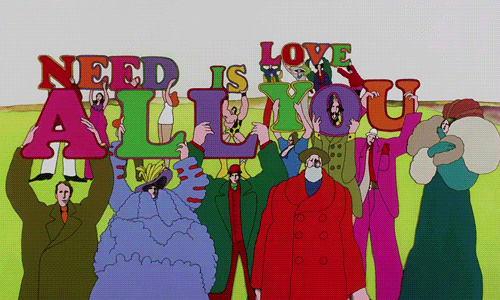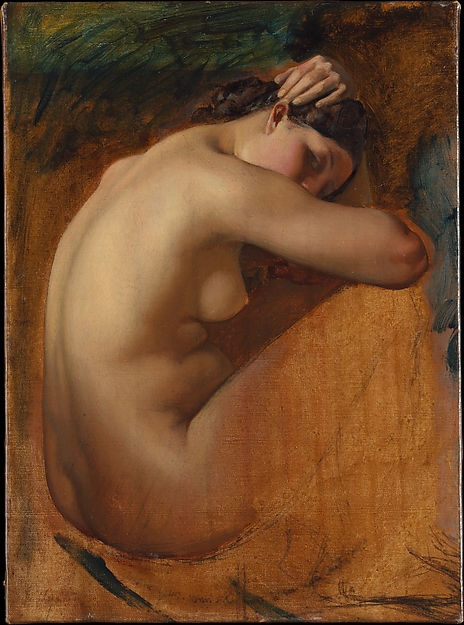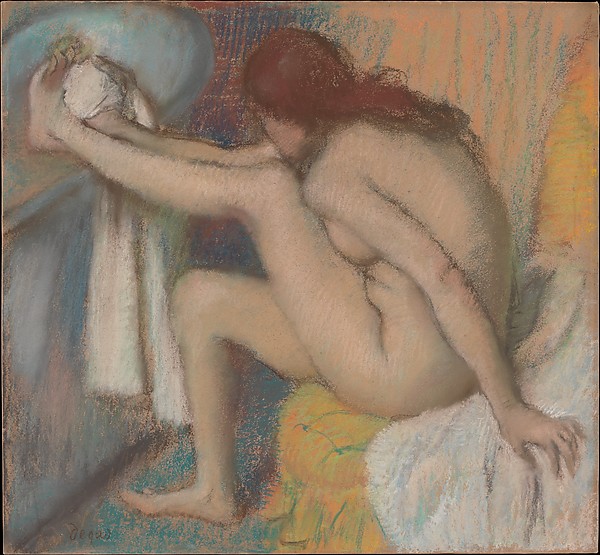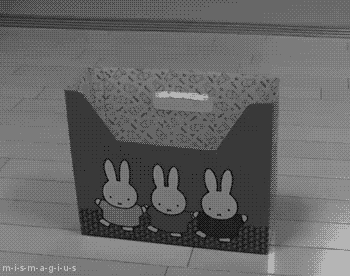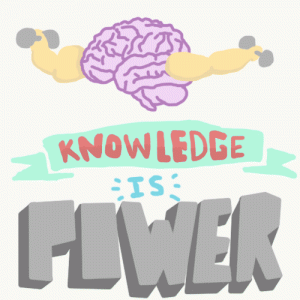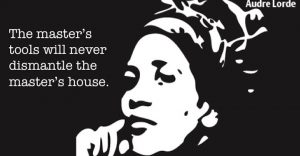After reading an article almost a year ago about what it’s really like to escort at an abortion clinic, I started to believe two things: Escorting is the noblest act that one can do for another person, and I could never do it. I based the former conviction on the selflessness and courage that I gleaned from the article’s account of clinic escorting; I based the latter conviction on the softheartedness and sensitivity that have comprised my personality for as long as I can remember. As luck would have it, both convictions were wrong (or perhaps, slightly mislead).
The Moxies visited Choices Women’s Medical Center during our first week in NYC, and some of us escorted the following day. The decision-making process that I underwent before opting to set my alarm for 5 a.m. the next morning was nothing short of grueling. I questioned and re-questioned whether I was “ready” to escort, whether I had the chops, and honestly, whether I would burst into tears at my first confrontation with a pro-life protester. These concerns rested on long-standing beliefs about myself, the implications of which The Moxie Project has helped me understand. This particular lack of confidence, coupled with the certainty that I’d eschew logical reasoning and respond to a difference of opinion with tears, stems from the gendered qualities I was socialized to have—care, tact, poise—as well as the qualities I wasn’t socialized to have—nerve, audacity, strength. I needed moxie, and Moxie delivered.
The protesters had beaten us to the clinic, and Un-empowered Lauren immediately felt the shock and anxiety that she had expected. I observed the protesters’ lack of consideration for the patients’ comfort with disbelief; the care I mentioned earlier transformed from gendered sensitivity to resolute anger. With the encouragement of the other Moxies, Empowered Lauren offered patients smiles and support. I felt like a strong individual gaining even more strength from the community of escorts who were doing the same thing.
Having explained why the latter conviction was mislead, you might be wondering why I feel now that the former was, too. I chose to focus this blog post on my escorting experience more than two months later because I have done quite a bit of reflecting on the meaning of “empowerment” since returning home from NYC. If you had asked me to pinpoint a volunteer experience that signified empowerment prior to The Moxie Project, I would have answered clinic escorting. But you can’t reduce empowerment to a single action, just like you can’t reduce feminism to a single shift in mindset. I left Moxie feeling empowered, but that feeling developed over the course of two months of reading, living on my own (with seven friends), and learning the importance of incremental change from my supervisors at NJEP. Moreover, harnessing strength in your beliefs and using them as a shield against others’ opinions can feel a lot like empowerment, but “true empowerment” (if such a thing exists) is a more collaborative and trying process than I could have ever imagined.
For what it’s worth, escorting at Choices was one of my favorite Moxie experiences. I felt that I was truly giving something back to the community that hosted me for two months. This brief foray into clinic escorting opened a door for me, showing me the myriad ways that I had the potential to serve both as an individual and as part of a community of people who care. I sincerely hope that more people experience this empowerment and work to create these experiences for others.

